Cosmos Tour: Prague Vienna Budapest – Halushka dumplings and Cimbalon
Saturday, December 27th, 2014On the Cosmos Tour to Prague, Vienna and Budapest, the first optional excursion was a typical Slavic evening in the well-known U Marčanů restaurant, and included folk music with Bohemian, Moravian and Slovakian singing and dancing, plus gypsy music and dancing. The performers were fabulous at getting the audience involved, and great fun ensued. A musical instrument called a cimbalon was played; it’s a large, trapezoidal box with metal strings stretched across, and is played by striking two hammers against the strings.
Here’s a short video of the cimbalon in action:
The 3-course meal accompanied by unlimited drinks (wine/ beer/soft drinks) started with my favorite food of the whole trip – halushka , little dumpling bits topped with cheese and fried bacon (probably called bryndza) which is one of the the Slovak national dishes. Now we know why. The main course was pork on a skewer with delicate Lyonnaise potatoes, green beans and roasted potatoes.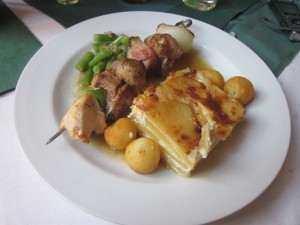
Everyone ate and laughed and enjoyed the evening.
www.cosmos.com/Product.aspx?trip=46050
Tags: audience, bacon, beer, Bohemian, Budapest, cabbage, cheese, cimbalon, Cosmos, dancing, dish, drink, duck, folk, fun, gypsy, halushka bryndza, hammer, instrument, meal, metal, Moravian, music, musical, perform, pork, Prague, Red, Restaurant, salad, sing, Slavic, Slovakian, soft, string, trapezoid, Vienna, white, wine
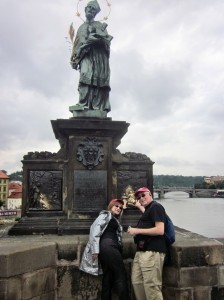
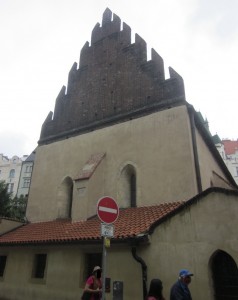
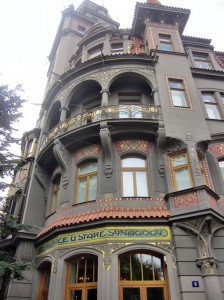

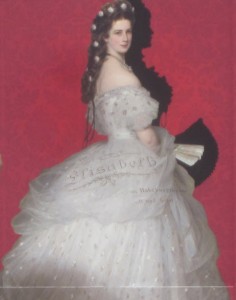
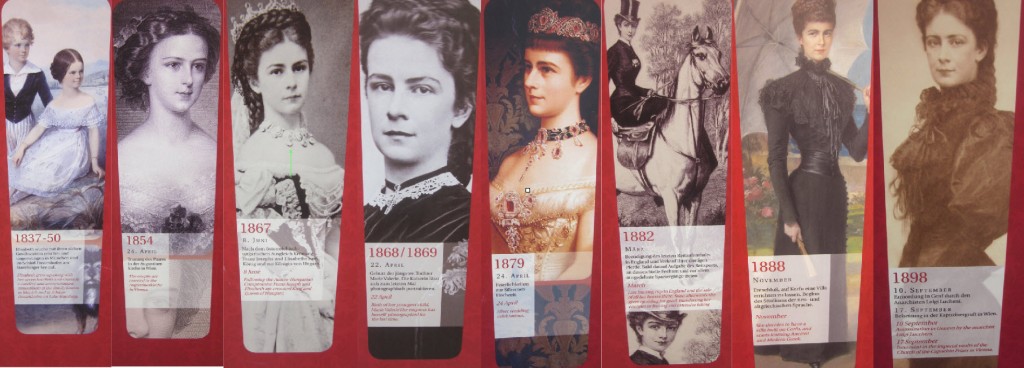

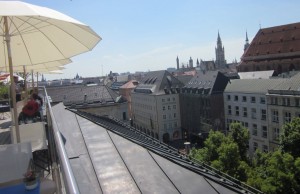

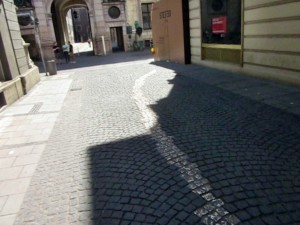 ryone passing by it had to give the Nazi salute. This was in honor of Nazi sympathizers who had been killed there during the Beer Hall putsch in 1932.
ryone passing by it had to give the Nazi salute. This was in honor of Nazi sympathizers who had been killed there during the Beer Hall putsch in 1932.

